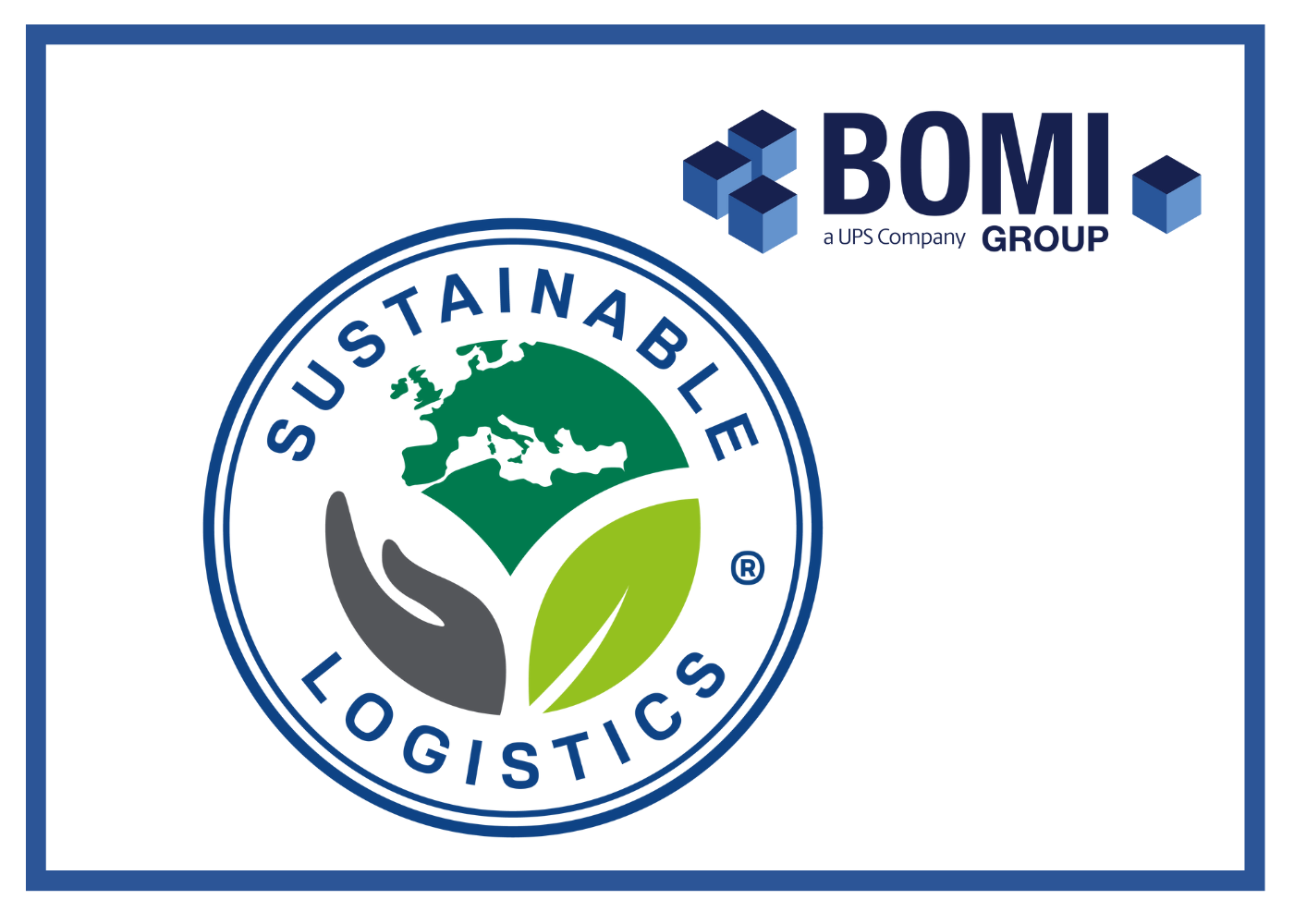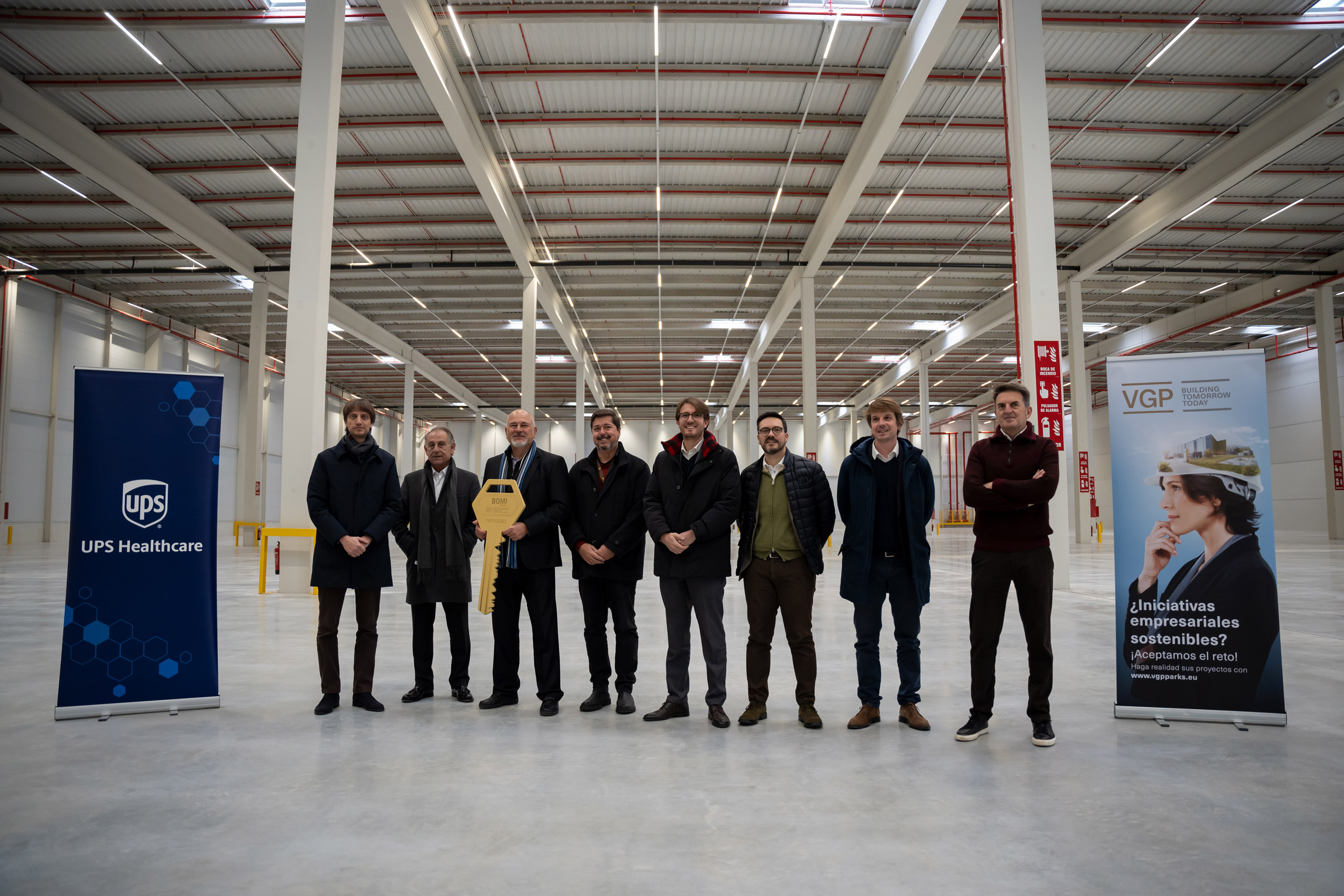We are proud to announce for the first time the…
How Hospitals are Planning for the after-pandemic
The Covid-19 pandemic really took a toll on everybody’s life – especially the healthcare sector – and, therefore, this must lead us to take an analytical approach to the epidemiological data in order to better organize healthcare centres and hospitals all over the world.
Even if times were hard, there has been an excellent level of containment of the contagion caused by a good policy of social distancing and the use of PPEs, not to mention the vaccination campaign that happened to be quite effective on the mortality of the Covid-19 disease.
On the other hand, unfortunately, the data have recorded a very high mortality not only because of the infection but also for the so called non-Covid diseases. But why did it happen and what are the causes beneath this? Well, the number of ordinary hospital beds, medical equipment and ICU beds was incredibly low. Also, the number of physicians and nurses is well below the average required in these cases.
How should hospitals be organized for the after pandemic
However, the pandemic also had some positive effects highlighting the vulnerabilities of healthcare throughout the world.
Furthermore, COVID-19’s effects have either highlighted or reinforced vulnerabilities in healthcare and medical equipment in hospitals. The pandemic, though, has shown various inefficiencies throughout the care spectrum, from the mere patients’ capacity to access health facilities and quality of treatment, as well as the use of digital health technologies and the availability of drugs and supplies.
To properly prepare for future pandemics, healthcare must be flexible and resilient to local communities’ health needs; they must also be responsive and provide populations with better means of sanitary help.
What needs to be done in existing hospitals and health facilities to support global health improvement
Covid-19 has also expedited innovation and widened transformational opportunities to solve these flaws in a way that enables for a long-term redesign of care delivery. Healthcare, therefore, will be able to consistently improve procedures to offer greater value, and successfully integrate new technology to enhance care by being flexible, adaptive, and sensitive to new information or changing trends.
Existing hospitals and health facilities must focus on optimization by using new, updated medical devices. In these cases, therefore, it’s critical to use innovation to enhance treatment quality and access while also addressing health imbalances among different demographic groups and underserved communities.
Supporting integrated care, improving cost efficiency, and aligning outcomes will be made possible by promoting value-based design and adopting risk-sharing models.
Digital health may be a good solution in order to improve healthcare delivery in various degrees all around the world – reducing demand for facilities, extending access to more healthcare options, but also reducing health care costs without sacrificing a better quality of care for all patients through efficient resource allocation.
Improving logistics to improve healthcare facilities services
In order for healthcare to improve, we must guarantee safe and rapid care access to billions of patients every day.
How can healthcare do this quickly, effectively and safely? Since it’s critical to do this in a short time span, the experts say it would be appropriate to exploit the innovative solutions of healthcare logistics. Hospital logistics are essential services for the proper functioning of health facilities and medical equipment.
In this field, Bomi Group has offered hospital inventory solutions since 2006. The process uses a proprietary management system (Gecos Software) which enables full traceability of products in consignment stock at hospital facilities.
Consignment stock is a supply chain strategy in which the consignor (an healthcare product manufacturer, for instance) gives the goods to a consignee (an hospital, in this case) to use. The consignor still owns the products and the consignee will only pay for them once they’ve been used.
The consignment stock process operates a “win-win” logic, reducing manufacturer waste, ensuring optimum stock rotation, offering a complete inventory service of stock levels and enabling an accounts reconciliation service, including personalised reports. At the same time, the process enables hospitals to minimise restocking times.
The service is certified according to standard ISO 9001 and in the last year alone Bomi Group carried out inventories in about 700 public and private hospitals in Italy and Latin America, making more than 5.300 inventories for Orthopaedic, Cardiology, Ophthalmology and General Surgery departments.
Bomi Group also offers to healthcare companies the Satellite Stock service, enabling manufacturers to localize stock at nearby warehouses and guaranteeing direct delivery to hospitals 24 hours a day, 7 days a week: this solution ensures improved stock management and inventory controls and may enable deliveries within 2 hours for urgent hospital requests.
Furthermore, healthcare workers know what it takes to efficiently organize the transport of patients and materials within the hospitals. Investing in a better supply chain service to ensure that every single patient has full access to all the care options they need still seems to be the first crucial step for better hospital planning in the after-pandemic. This is essential because it makes healthcare face every kind of emergency state, but also because billions of people worldwide could finally experience better access to medical services every day.



